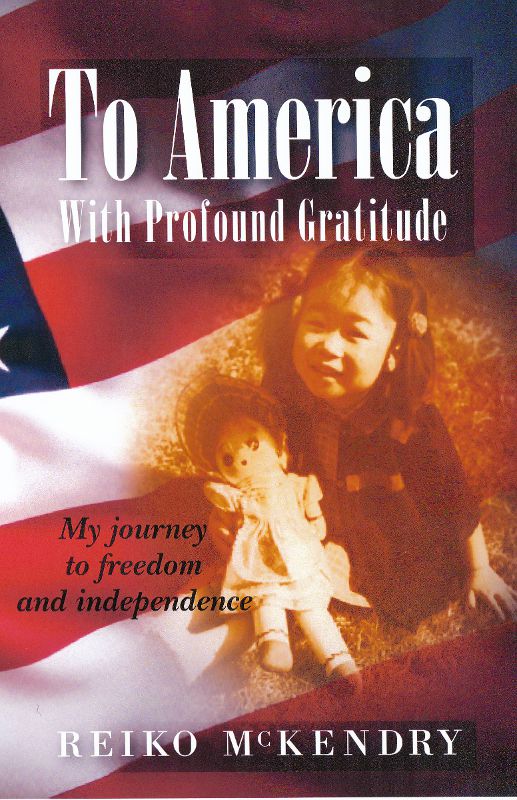Recently, at a local REIA (Real Estate Investment Association) meeting, a few people happened to ask the same question: “I’m new to real-estate investing. Which method should I pursue first? Wholesaling? Or buying and holding?” Having done both, here is my humble opinion. I encourage you to ask other experienced investors for their opinions as well.
Let me ask you a question. “Why do you want to invest in real estate?” If you’re like me, one of your answers is likely to be “to generate consistent monthly revenues.” With this answer in mind, I will first talk about wholesaling.
Wholesaling
There are many gurus that say, “If you need cash, do wholesaling. It’s easy and requires none of your own money.” Yeah, right. For experienced investors, such a statement can be true. I’ve done it myself but rarely. For newbies, highly unlikely. I am convinced that some gurus make such misleading remarks because their objective is to sell (1) their training materials (so you understand the basic concepts), followed by (2) more expensive mentorship programs (so you can implement it).
Let’s talk about getting to the goal – of generating consistent monthly revenues – between “wholesaling” and “buying and holding” a property:
To successfully meet the end goal by doing wholesaling, the following steps are required. I call it the “LOaDs of Cash.”
– L stands for leads
– O stands for offers
– D stands for deals
– Cash is Cash
To achieve consistent, positive cash flow every single month by wholesaling, we need to work backwards from the end goal of generating cash. In other words:
– To generate Cash, Deals must be closed.
– To close Deals, Offers must be made.
– To make Offers, Leads must be generated.
As you can see, the only way to create consistent monthly cash flow from wholesaling is to systematize the above activities.
Wholesaling Bottom Line
- The only way to have consistent monthly cash flow is to have in the pipeline plenty of leads, offers, and deals to close.
- Compared to buying and holding, I believe wholesaling is far more time consuming and requires substantial up-front capital, more than generally understood.
- With wholesaling, you are not really investing for yourself. Rather, you are creating a job for yourself, serving others’ investment needs.
- Lastly, and perhaps most importantly, the cash you generate through wholesaling is earned income. In other words, it is taxed at a much higher rate than rental income, which is passive income.
Buying and Holding
I half-jokingly say, “I wish I had me when I was starting out.” If I knew back then everything I know today, I would have chosen to establish a solid foundation for buying and holding – and stuck with it. If I did, I would never have had to spend time and money learning and implementing wholesaling – only to find out how competitive it is – because there would have been no need for it. Let me explain.
The concept of buying and holding is quite simple. What is not simple is when you’re first starting out, there is so much to learn – as I’m sure you already figured out.
Your First Rental Property
When you’re first starting out, the key to doing it right in terms of buying and holding a rental property is this: Keep it simple. In other words:
- Stay local.
- Learn the basics by asking questions (who, what, when, where, why, and how) from local REIA members.
- Ask other local buy-and-hold investors where they’re investing and why. And decide which area makes the best sense to you.
- Buy only when the numbers work in your favor to generate profits.
- Never, ever pay retail (too much) for an investment property.
- Stick to just one property.
- Consider your first investment as an experiment from which to learn everything you need to know about the buy-and-hold strategy.
- If your monthly net profit is lower than initially calculated, or in the negative territory, then figure out why. This is where you will likely develop a full grasp of the actual costs; i.e., mortgage, tax, insurance, maintenance, management fee, vacancy rate, etc.
Buying and Holding Bottom Line
When you have proven to yourself that you are generating positive cash flow consistently for a minimum of 6 months (preferably 12) with your first buy-and-hold property, it is highly likely that you have learned to buy and hold a rental property the right way. At this point, you are ready to gradually accumulate additional properties. In fact, you are on your way to enjoying the sweet success for a long time to come.
The best part? You are the beneficiary of your own hard work, buying and holding rental properties that generate positive cash flow month in and month out for yourself. You are truly an independent investor.
Happy investing!

